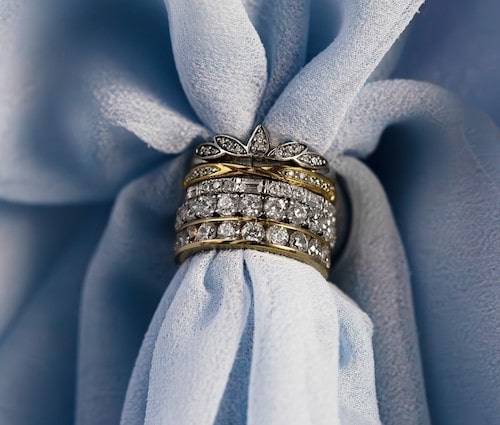What is the Meaning of Jewellery in Different Cultures?
From tiaras to toe rings, in this day and age there seems to be jewellery to adorn nearly every body part. Because of its significance to a lot of people, jewellery can take on many different meanings.
What is Jewellery?
The definition of jewellery is personal ornaments such as rings, necklaces or pendants that are typically made from or contain jewels and precious metals. These can be attached to the body or personal adornment on pieces of clothing.
In most western cultures, the UK especially, jewellery mainly consists of precious stones or valuable metals which is worn as an embellishment for fashionable purposes. it can also be worn to mark social or personal status, for example a wedding ring symbolises eternal love or a friendship bracelet represents a bond. Our jewellery also can be worn to denote mourning or even luck, and it can even add functional qualities, for example a watch. But with the UK aside, how, and why, do other cultures accessorise? Here are some of the many meanings behind jewellery in different cultures across the world.
Related: How Has Proposing Changed Throughout History?
Myanmar
Women of the Padaung tribe in Myanmar are renowned for their particularly long necks. This is due to their wearing of many golden neck rings. While our main body modification in jewellery consists of expander earrings, this practice appears to be the norm in this tribe. The jewellery is worn as a means of cultural identity. Girls as young as five years old receive their first neck ring, which is added to over the years. During this process, Padaung women’s necks can become up to 15 inches long.

Sahara
The Tuareg people which mainly inhabit the Sahara Desert, lead a rather nomadic lifestyle and continuously move across borders. It is custom for Tuareg men to veil their faces with an indigo dyed cloth called a Tagelmust. They use the veil to ward off evil spirits. In addition to this, a Tuareg cross is passed from father to son upon reaching puberty. The cross is a symbolic piece of jewellery made from silver. Each point signifies the four corners of the world to echo their nomadic culture. The piece also alludes that the wearer does not know where he will die.
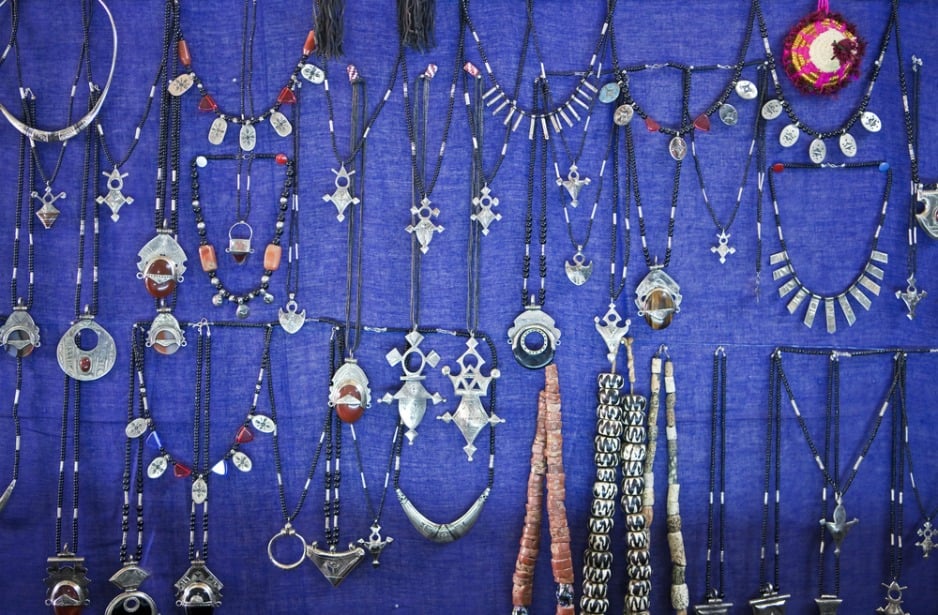
France
Looking a little closer to home, jewellery, or as the french know it ‘bijoux’, is also mainly worn for fashionable reasons. During his reign in 1804, Napoleon was responsible for restoring the significance of jewellery and fashion in France. He did this with his parures, which are sets of matching jewellery.
The era also saw the rise of costume jewellery and new words which were coined to differentiate types of jewellery. For example, ‘bijoutiers’ refers to jewellers who work with cheaper materials, whereas ‘joailliers’ tend to work with pricier pieces. ‘Joaillerie’ therefore refers to intricate metalwork in art or church items, not just jewellery worn for fashion.
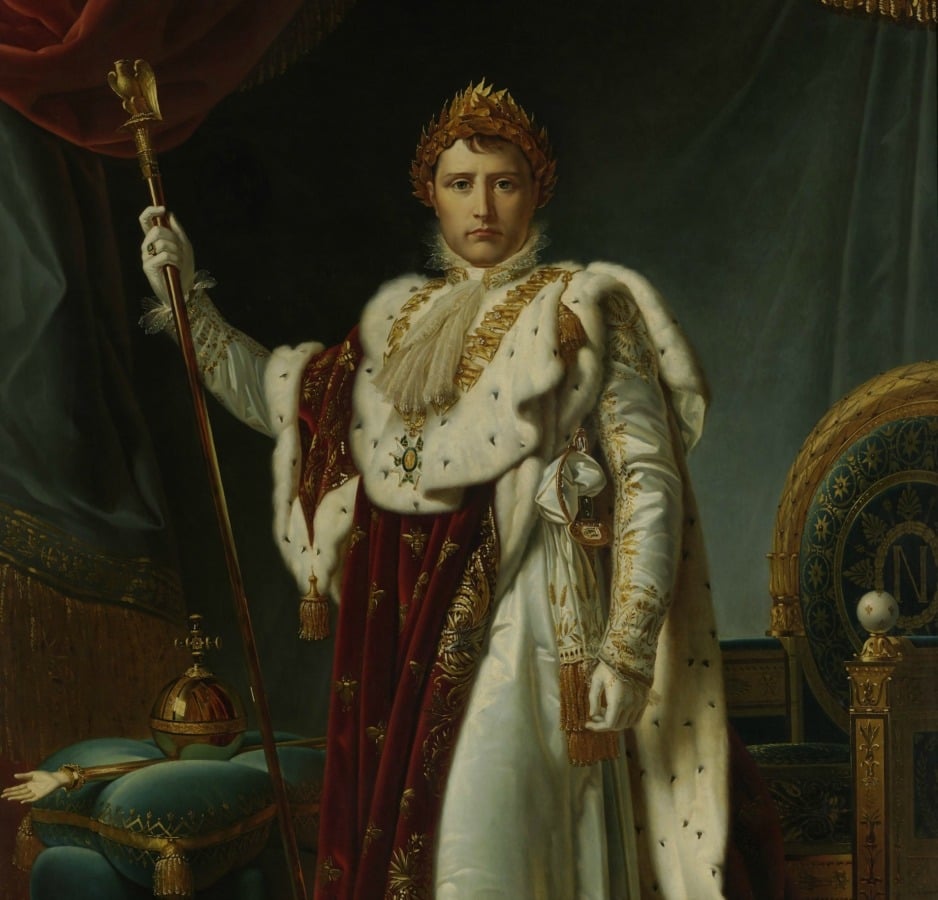
Greece
In Greek and Cypriot culture, beaded jewellery called komboloi has been used as a well-established practice since the middle of the 20th century. Also known as worry beads, komboloi is the Greek equivalent of a stress ball – meaning it can be fiddled with to pass the time. Worry beads are usually colourful and made from glass or amber.
Komboloi was originally used by Greek monks as a way to keep track of their prayers. However, over the centuries, these beads lost their religious meaning. Although technically classed as jewellery, these beads are not actually worn and were used by men exclusively until some decades ago.
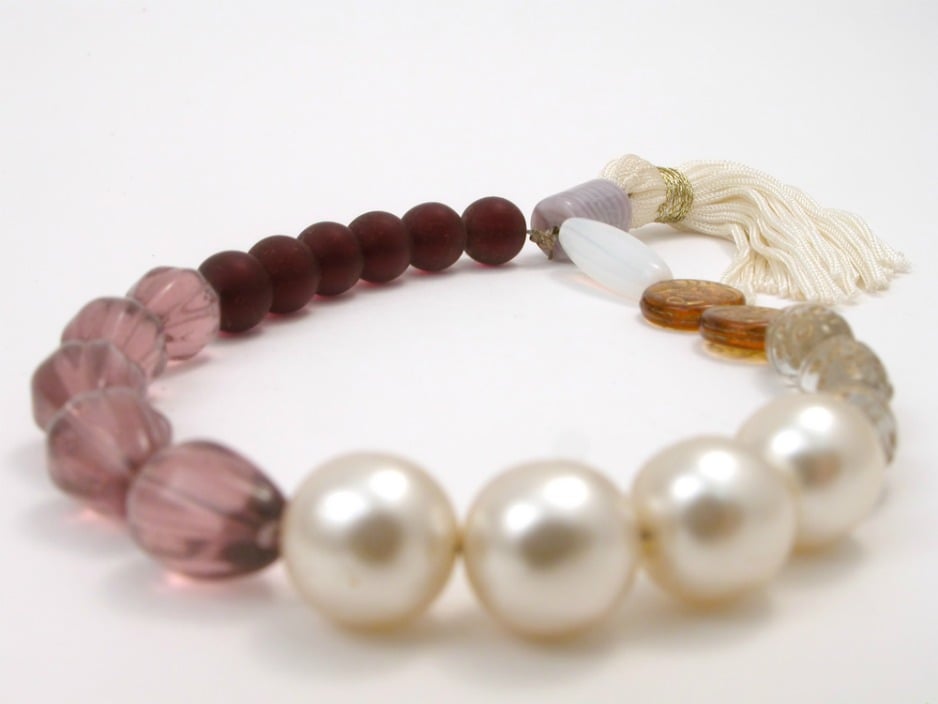
China
In China, Jade has traditionally been considered the most valuable stone for over 7,000 years. Jade jewellery is also often more expensive than gold or silver. This stone is greatly cherished in Chinese culture because of its combination of beauty and durability. For this reason, It was thought to represent a perfect balance of yin and yang. Customarily, jade jewellery was also worn to protect the wearer from evil spirits, in addition to bad luck or afflictions. Today, jade is still highly regarded and most modern Chinese families have jade jewellery which was passed down as an heirloom.
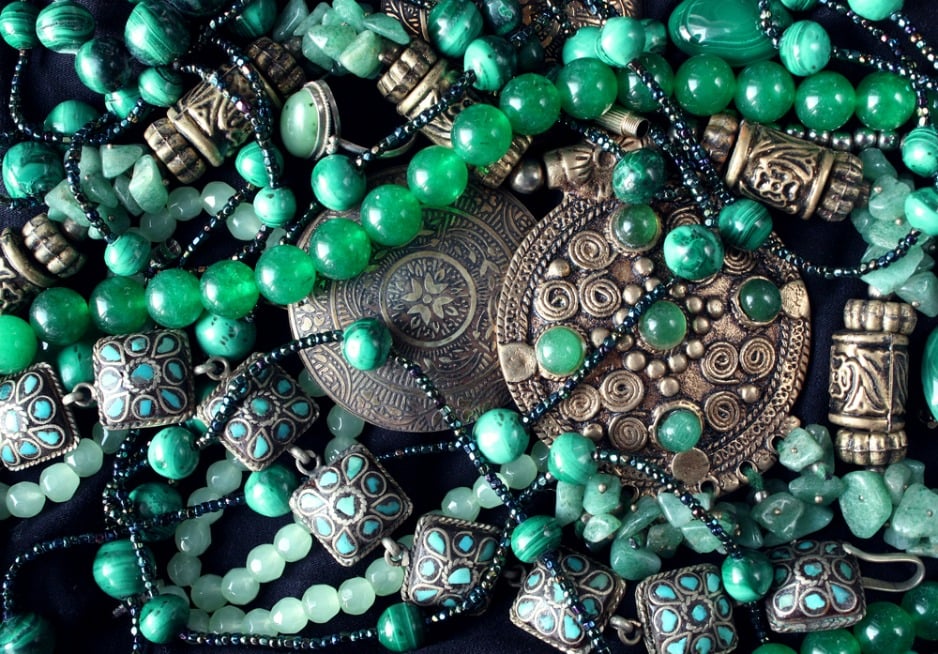
Sápmi
The Sápmi region, which is commonly known as Lapland and encompasses parts of Norway, Sweden, Finland, and Russia. It is home to the indigenous Sami people. This nomadic tribal group have spent over 5,000 years honing their characteristic leather jewellery. Due to consistently moving, the Sami would work with the leather from the reindeer they herded. This would be in place of opting for metals or jewels. Traditional Sami leather bracelets are usually left plain, or are braided, or even adorned with silver thread. Since becoming commercially made, Sami style bracelets are available worldwide and can now incorporate glass beads or Swarovski crystals.

Southwestern US
Similarly to the significance the Chinese have placed on Jade, the Navajo tribe regard turquoise with the utmost importance. They are the second largest federally recognised Native American tribe in the US. The Navajo have considered turquoise as an important symbol for thousands of years. For them, turquoise symbolises happiness, health, and luck, with its oceanic colours echoing a connection to the natural world. In addition to this, turquoise jewellery is also a status symbol. Amongst this tribe, wealth and social power is indicated by the amount of jewellery on an individual. The size of the jewellery and the number of precious stones in them are also considered.
Related: Unearthing the Diamonds of the World
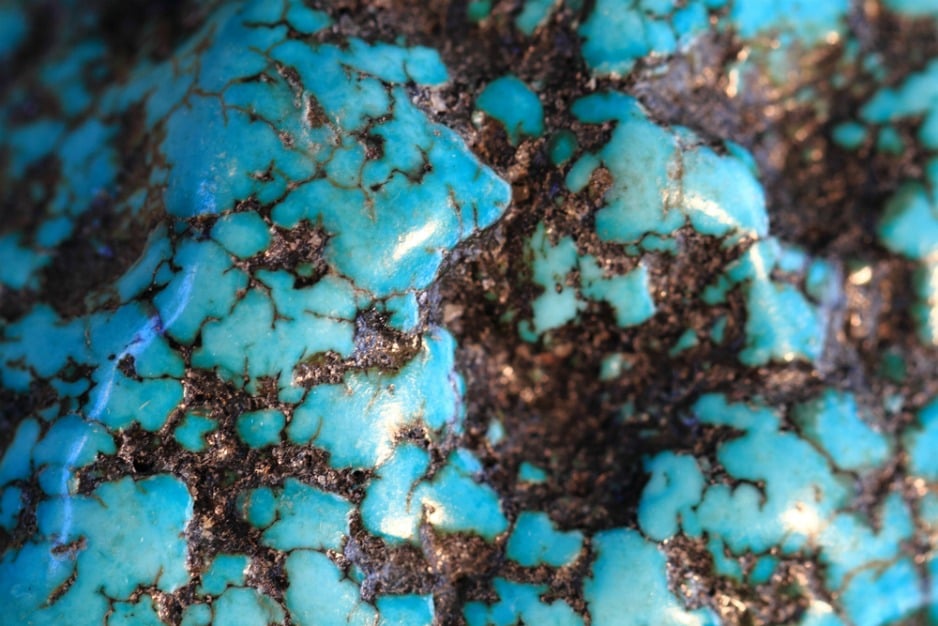
South Africa
The KwaZulu-Natal province in South Africa is home to the Zulu people, the largest ethnic group in South Africa. In this tribe, beadwork is traditionally used as a means of communication between the sexes. Similar to an engagement ring, Zulu beading is a more colourful method of disclosing a woman’s marital status. It can also refer to her home, family and many other messages.
The colours, sizes and orientation of the beading all have different meanings. Beading is usually created by women and taught to girls as a skill. Because of this, Zulu women often help men interpret other women’s jewellery.
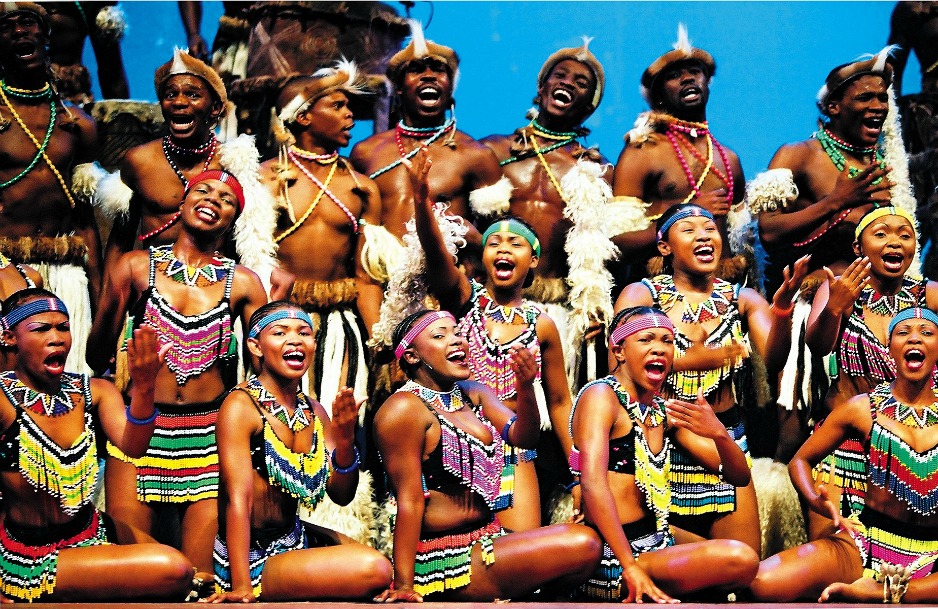
Image courtesy of african.culturextourism.com
Do you know any other jewellery uses in cultures not on this list? Let us know in the comments! Shining Diamonds offers a stunning range of engagement rings, diamond rings, wedding rings for whatever meaning you want to represent to your loved ones. Contact us about getting your bespoke diamond jewellery today!



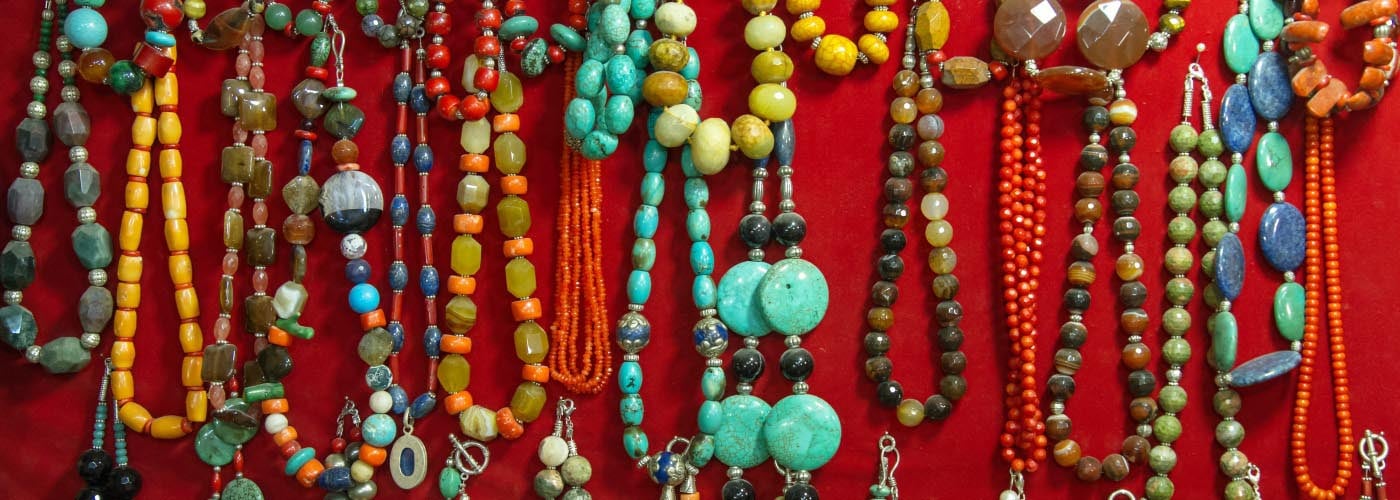
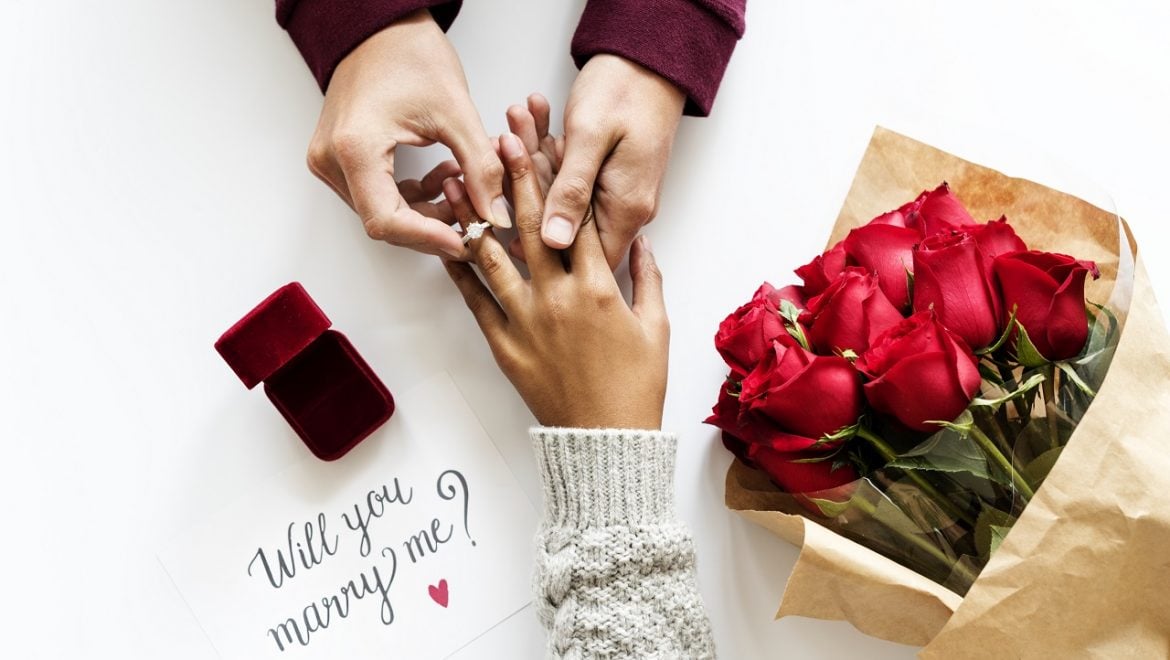 10 Valentine’s Day Proposal Dos and Don’ts
10 Valentine’s Day Proposal Dos and Don’ts  Gemstones and their meanings
Gemstones and their meanings 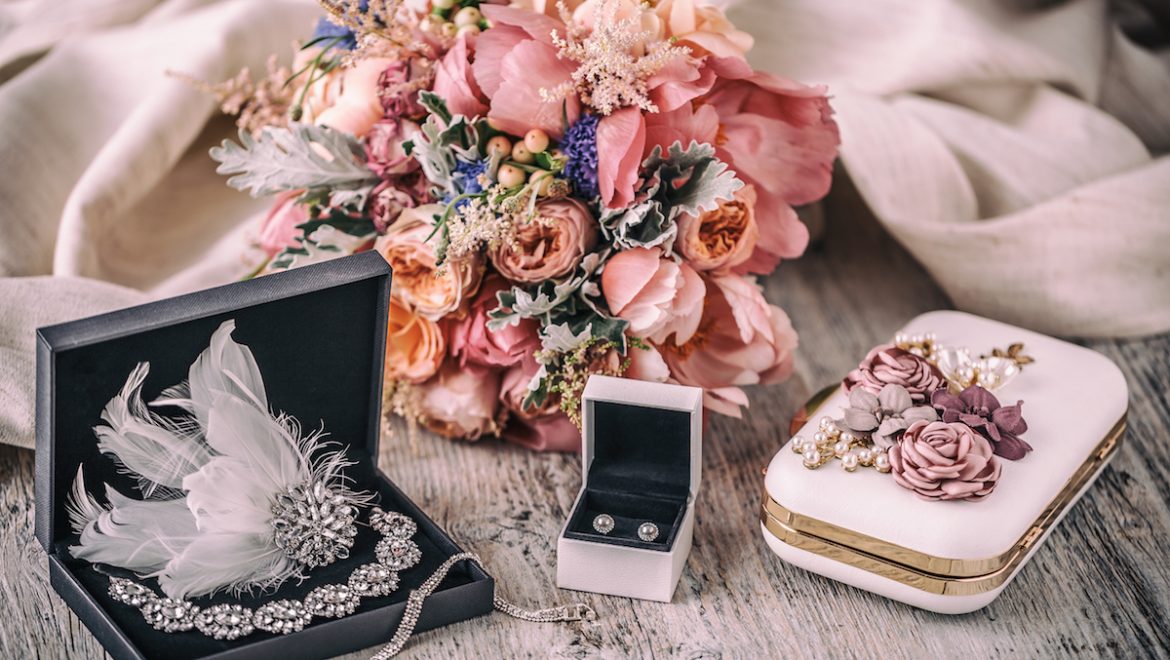 Earring styles for face shapes
Earring styles for face shapes 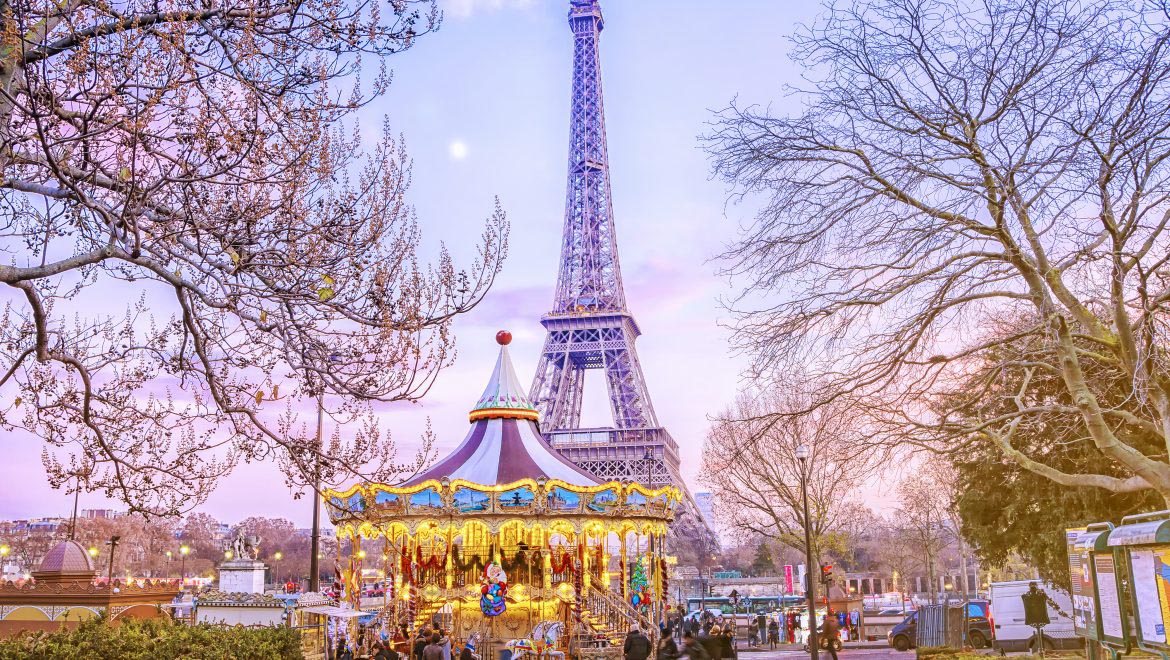 Christmas Gift Guide: The Ultimate Gift Guide For Her
Christmas Gift Guide: The Ultimate Gift Guide For Her 